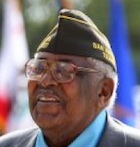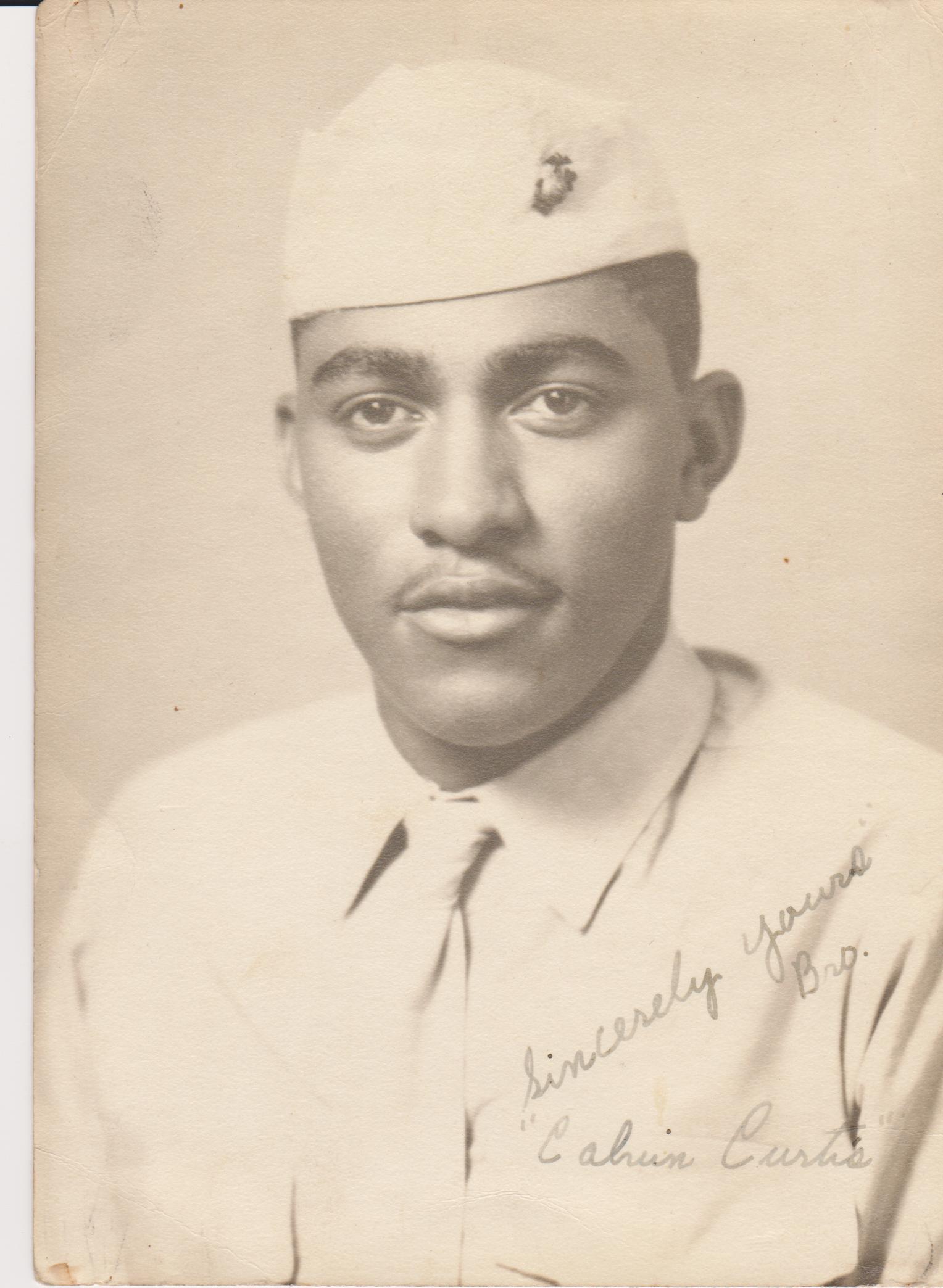29 April 2013; National Airlines; 747-400; N949CA; Bagram Air Base, Afghanistan: The aircraft had just departed on a cargo flight to Dubai, UAE when the aircraft entered a stall and crashed near the end of the runway. At one point, the aircraft had rolled to the right in excess of 45 degrees. Although the crew was able to put the wings more or less level, the aircraft impacted the ground at a high vertical speed, and in a slightly nose down attitude. In a video taken of the crash, it appears that the landing gear were at least partially extended at the time of impact.
All seven crew members were killed. Cargo included several vehicles. Although the aircraft was flying in support of coalition forces in Afghanistan, there is not indication that the crash was caused by hostile action.
National Airlines is a US-based all cargo airline. The flight was operating support the coalition forces in Afghanistan, but there is no indication that the aircraft crashed due to hostile action.
According to AirFleets.net, in addition to the accident aircraft, the airline had two other 747–400s, and a 757 aircraft in their inventory. That same site indicated that the aircraft was originally delivered to Air France in 1993, converted to a freighter in 2007, and entered service with National Airlines in 2011.
The747-400 entered service in 1989 and was in production until 2009. While some examples of this model, like the accident aircraft, were converted to freighters from a passenger configuration, other 747–400s were designed as cargo-only aircraft.
This is the fourth fatal crash involving 747–400. The first was an October 2000 crash accident involving Singapore Airlines passenger flight that crashed just after takeoff after striking construction equipment on the runway. The crash killed 79 of the 159 passengers and four of the 20 crew members on the aircraft.
The second fatal crash involved a UPS flight in September 2010 which Crashed shortly after takeoff from Dubai United Arab Emirates. Both crew members were killed. The third was in July 2011 event involving an Asiana airlines 747 – 400 that crashed shortly after catching fire during a flight from Seoul to Shanghai.
Resources
747 Plane Crashes



 On Thursday March 28, AirSafe.com will host a
On Thursday March 28, AirSafe.com will host a 


 In 2012, the US Congress awarded the Congressional Gold Medal, the nation's highest civilian award, to the Montford Point Marines in recognition of "their personal sacrifice and service to their country" as the first African-American Marines to serve in the Marine Corps since the Revolutionary War.
In 2012, the US Congress awarded the Congressional Gold Medal, the nation's highest civilian award, to the Montford Point Marines in recognition of "their personal sacrifice and service to their country" as the first African-American Marines to serve in the Marine Corps since the Revolutionary War. 







